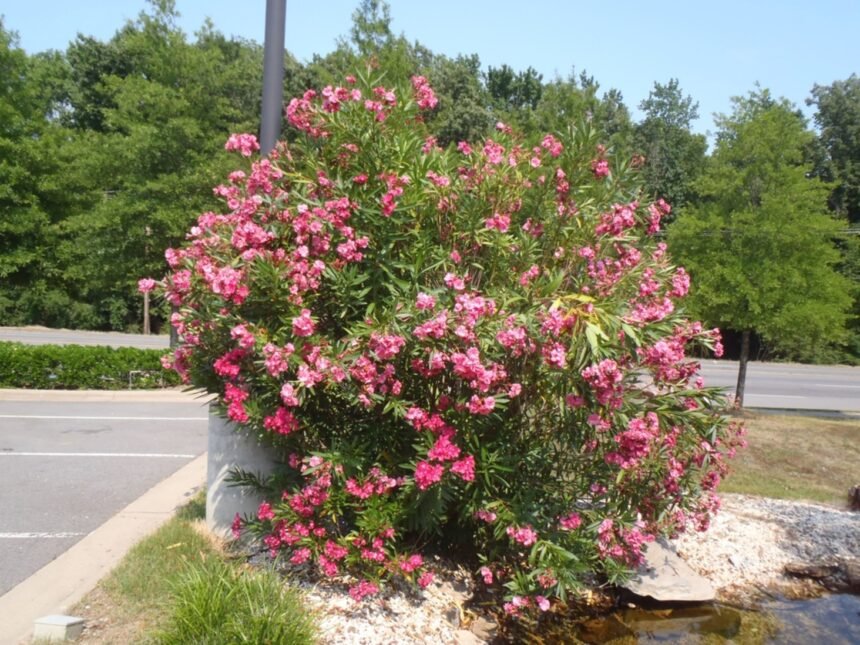Introduction: While indoor plants bring beauty and freshness to your living spaces, it’s essential to be mindful of the types of plants you choose. Some plants, despite their aesthetic appeal, can pose risks to pets, children, or even adults. This article highlights 10 plants you should avoid keeping at home to ensure a safe and healthy environment.
1. Oleander (Nerium oleander): Oleander’s vibrant flowers may attract your attention, but this plant contains toxins that can be harmful when ingested or even touched. It’s best to admire its beauty from a distance.
2. Dieffenbachia (Dumb Cane): Dieffenbachia’s striking foliage conceals its toxicity. Contact with its sap can lead to skin irritation, and ingestion may cause swelling and discomfort.
3. Sago Palm (Cycas revoluta): Despite resembling a palm, the sago palm is toxic to pets and humans alike. Its seeds are particularly dangerous when consumed and can lead to severe health issues.
4. Pothos (Epipremnum aureum): Pothos is a popular trailing plant, but its leaves contain calcium oxalate crystals that can cause mouth irritation if chewed or ingested.
5. ZZ Plant (Zamioculcas zamiifolia): The ZZ plant is resilient and easy to care for, but its leaves contain a toxic compound that can cause discomfort if ingested.
6. Peace Lily (Spathiphyllum): While peace lilies are known for their air-purifying qualities, they can cause mouth and digestive discomfort if consumed.
7. Snake Plant (Sansevieria): Snake plants are lauded for their air-purifying properties, but they can be harmful if ingested, especially to pets.
8. Philodendron: Philodendrons come in various forms, but many contain oxalates that can cause irritation when touched or ingested.
9. Aloe Vera: While aloe vera has medicinal properties, its gel is safe for topical use but should not be ingested due to potential laxative effects.
10. Jade Plant (Crassula ovata): Jade plants are popular succulents, but they can be toxic if ingested by pets or children.
Conclusion: Prioritizing safety and well-being is paramount when choosing indoor plants. By being aware of the potential risks associated with certain plants, you can create a home environment that’s both visually pleasing and safe for everyone. Opt for non-toxic alternatives to ensure the health and happiness of your household.






